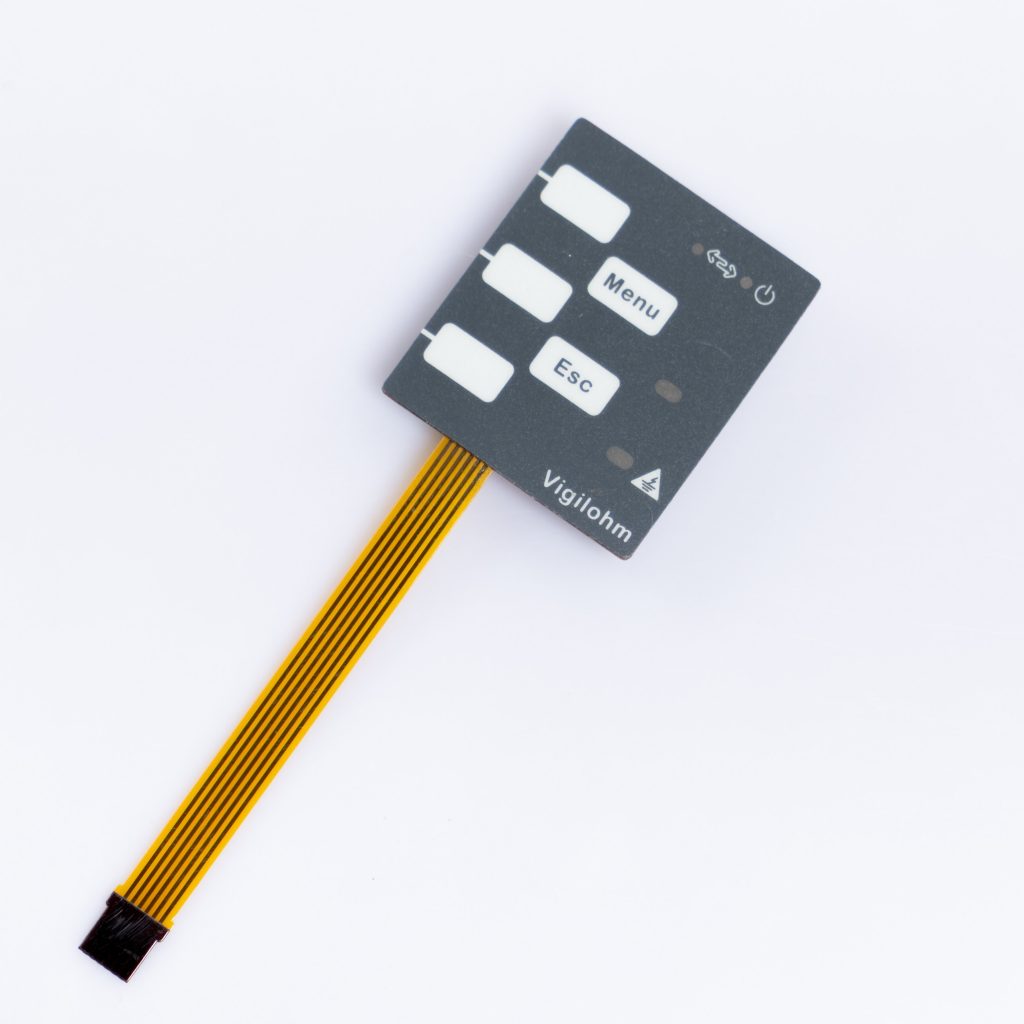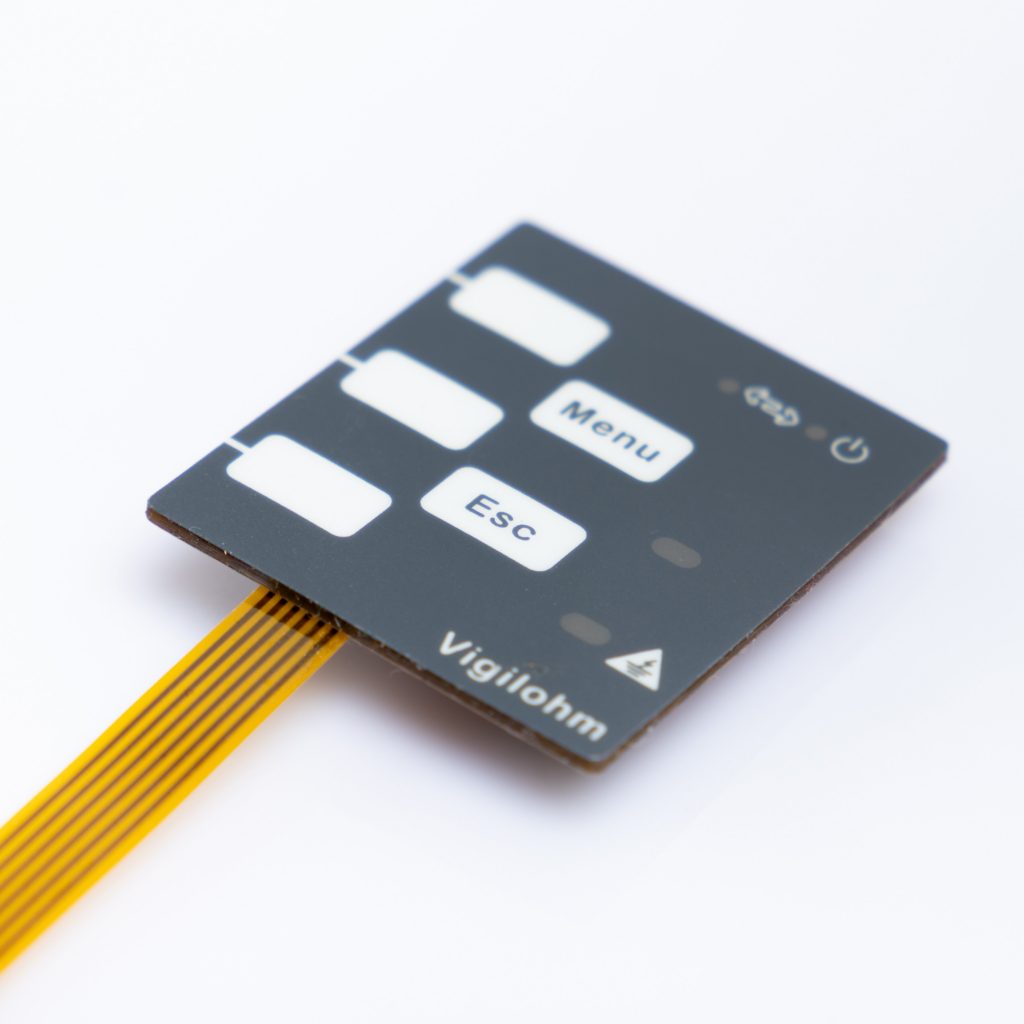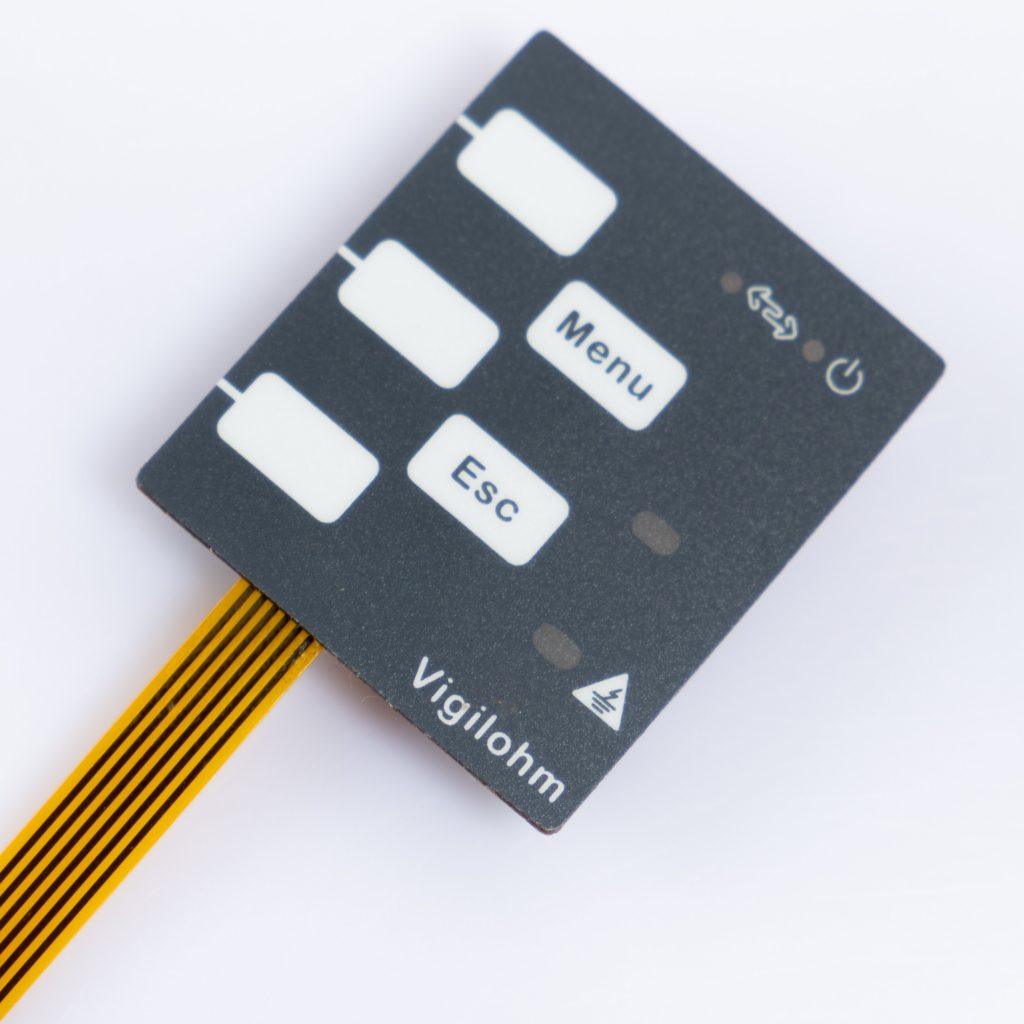Contact
Write to Us And We Would Be Happy to Advise You.
Do you have any questions, or would you like to speak directly with a representative?
By hqt
In the fascinating world of biology, there are numerous intricate mechanisms that govern the functioning of living organisms. One such mechanism that has garnered significant attention in recent years is the membrane gland switch. This article aims to delve into the depths of this intriguing topic, unraveling its mysteries step by step.



Before we dive into the specifics of the membrane gland switch, let’s establish a foundational understanding of membrane glands. These specialized structures play a crucial role in various biological processes, from secretion to regulation.
Now that we have a basic understanding of membrane glands, let’s explore what the membrane gland switch entails. The membrane gland switch is a complex molecular mechanism that enables organisms to toggle the activity of their membrane glands.
To comprehend the membrane gland switch better, it’s essential to break down its intricate mechanism. This involves a series of molecular events that regulate when and how membrane glands are activated or deactivated.
One of the key components of the membrane gland switch is the involvement of intricate signaling pathways. These pathways act as messengers, conveying information to the membrane glands to switch their activity on or off.
Within these signaling pathways, several molecular players come into play. These players, often proteins and enzymes, work in harmony to ensure the precise activation or deactivation of membrane glands.
The membrane gland switch is not just a fascinating biological phenomenon; it also has practical applications in the field of medicine. Researchers are exploring how this mechanism can be harnessed to develop innovative treatments for various medical conditions.
One promising avenue is the use of the membrane gland switch in cancer therapy. By targeting specific membrane glands and modulating their activity, scientists hope to develop more effective and targeted treatments for cancer patients.
Additionally, the membrane gland switch holds potential in the realm of neurological disorders. Researchers are investigating how manipulating this mechanism can help regulate neurotransmitter release, offering hope for conditions like Parkinson’s disease.
As with any scientific discovery, the membrane gland switch comes with its fair share of challenges and unanswered questions. Researchers are continuously working to unlock its full potential and address the complexities involved.
One of the pressing concerns is the ethical implications of manipulating the membrane gland switch. Ensuring that any applications in medicine adhere to ethical standards is of paramount importance.
The membrane gland switch’s intricate nature poses a challenge to scientists, but it also excites them. Understanding every facet of this mechanism remains an ongoing quest, driving further research and innovation.
In conclusion, the membrane gland switch is a captivating topic that bridges the realms of biology and medicine. Its intricate mechanism and potential applications make it a subject of great interest. As researchers continue to unravel its mysteries, we can only anticipate more breakthroughs in the field.
Do you have any questions, or would you like to speak directly with a representative?